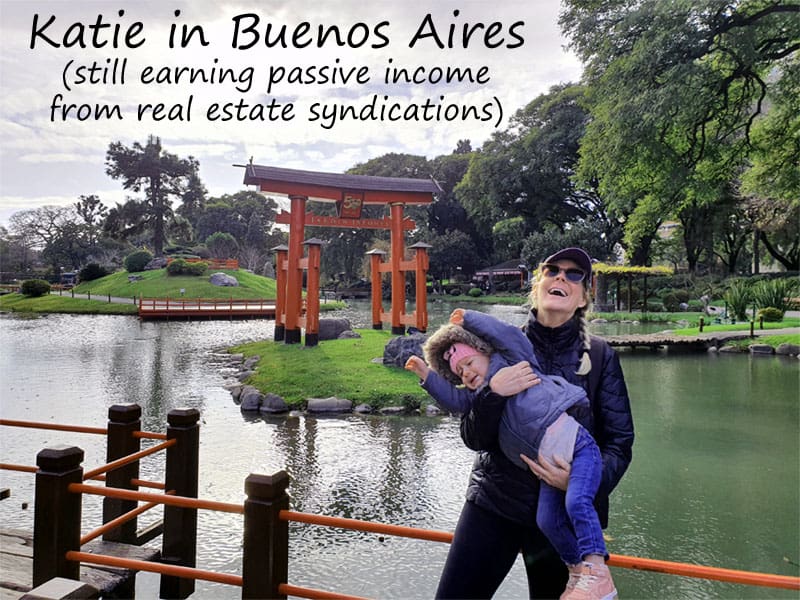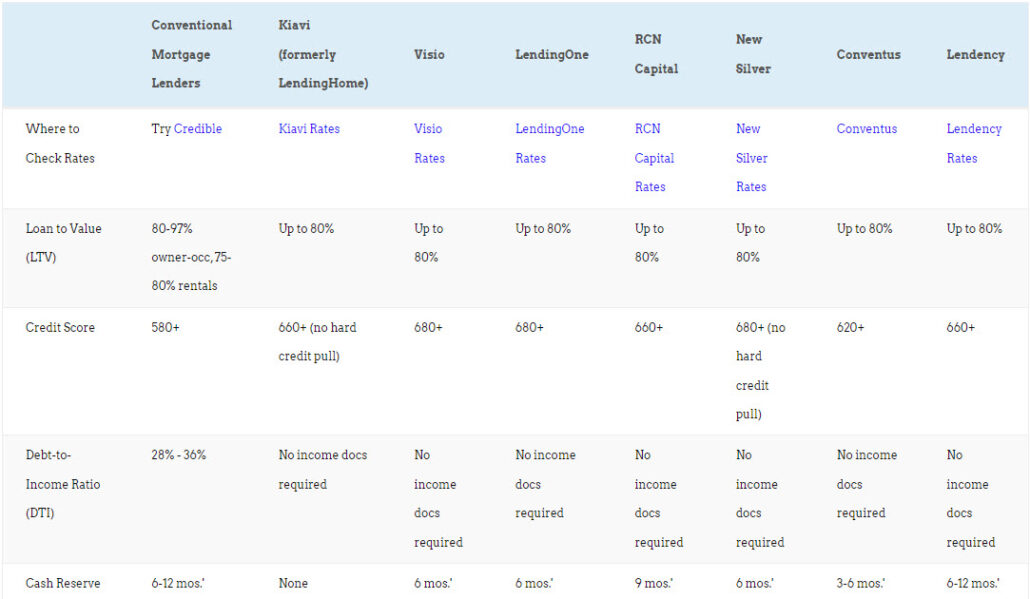
I love animals. I have almost always had at least one pet in my home. Pets enrich our lives and provide unmatched companionship and unconditional love. Except for my cat, whose affection seems to depend on my filling his bowl—and, even then, often includes the use of his teeth. I love him anyway.
But as a landlord, you get none of the benefits of your tenants’ pet ownership and all the downsides: the potential property damage, the extra wear and tear, the noise complaints, and the cleanup after they move away.
Landlords have legitimate concerns about the potential damage and disruptions that pets can cause, and as a result, many have implemented pet-related fees and policies. Understanding the differences among pet deposits, pet rents, and pet fees enables both landlords and tenants to enjoy a fair and transparent rental experience that benefits everyone involved regardless of how many legs they have.
Pet Deposit: A Security Measure
Landlords commonly use pet deposits as a way to protect their properties from potential pet-related damage. Pet deposits act as a security measure that helps to cover any additional repairs and cleaning required once a tenant with a pet moves out.
How Pet Deposits Work
Many landlords collect a pet deposit upfront alongside the security deposit, before a new tenant with a pet moves in. The landlord hopes to cover the costs of repairs or cleaning the pet may cause them to incur. So how much you require each tenant to deposit depends on the type of pet(s) they have and the property’s size and condition.
An important distinction between pet deposits and the other pet-related charges described below: the landlord refunds the tenant’s pet deposit after they move out, less any pet-related costs that occur. When the tenant moves out, the landlord assesses the property’s condition and deducts repair and cleaning costs from the pet deposit if necessary, then refunds the rest.
Purpose of Pet Deposits
For landlords, a pet deposit acts as an advance payment against seemingly inevitable pet-related damages, including scratches on floors, stains on carpeting or furniture, or odors.
“But,” most pet owners would argue, “my pet would never do that! He’s a good boy! Yes, he is!”
Fine. If true, a pet deposit represents the best deal for the tenant because they stand to receive their deposit back in full as long as their pet causes no damages beyond the normal wear and tear. That might make pet deposits more tolerable for tenants, because they imagine they’ll get their money back as long as their good boy doesn’t start piddling on the carpet or chewing on the baseboards. But the landlord keeps the money set aside in case they do.
Legal Limitations
Some states have laws governing pet deposits that regulate the maximum amount landlords can charge or require landlords to provide an itemized list of deductions that they take out of the deposit. Nothing too onerous here, but make sure you understand your local laws so you can play by the rules.
Also worth noting here: federal law prohibits charging additional deposits, fees, or rent to tenants with service animals.
Pet Rent: Ongoing Revenue
Pet rents, sometimes called monthly pet fees, represent an alternate way for landlords to cover their costs associated with allowing pets on the property. Instead of (or in addition to) collecting a deposit upfront, landlords may charge tenants with pets a recurring amount on top of their monthly rent.
How Pet Rents Work
Most landlords who assess pet rents do so on a monthly basis to coincide with the tenants’ regular rent payments. Typically tenants must pay a set amount each month per pet they keep on the property. The amount charged can vary depending on the landlord’s expected costs or the size or type of pets.
Common pet rents range from $15 for low-impact pets to $50 or even more for high-impact pets.
Purpose of Pet Rents
Pet rents compensate the landlord for the potential risks, costs, and inconvenience of allowing pets on the property. Like pet deposits, this may compensate the landlord for incidental property damage that pets may cause.
Unlike pet deposits, landlords can use the money to cover wear and tear caused by pets or renters. Landlords can’t deduct money from security deposits to cover “normal wear and tear.”
Pet rent also accounts for inconvenience or hassle for the landlord, such as potential noise or nuisance complaints from neighbors. This allows landlords to charge accordingly for allowing larger, louder, messier, or more dangerous animals to live on the property.
Finally, some landlords use pet rents to help pay for pet-friendly amenities for the community or apartment complex, such as a dog park or walking trail with waste bags provided for cleaning up droppings.
Advantages and Disadvantages
For landlords, pet rents can provide an extra source of passive income to help offset the potential risks, hassles, and costs of accommodating pets.
But don’t expect tenants to love paying pet rent on top of their normal rent and other utilities. Some renters looking for pet-friendly options won’t even consider a property that charges additional pet rent—making it a way for landlords to discourage pets without explicitly forbidding them.
Some renters with pets may find a modest monthly charge easier to swallow than a larger upfront deposit, however, depending on how high you set your prices. You can also offer to lower or waive pet rent to entice the best prospective tenant applying for a unit, especially those with cash available to deposit.
Pet Fee: A One-Time Expense
Pet fees, sometimes called pet move-in fees or simply pet charges, reflect a one-time expense that tenants with pets pay when they move into a rental property. This non-refundable fee covers any damage or wear and tear that pets cause during their tenancy, whether any damage actually occurs or not.
 How Pet Fees Work
How Pet Fees Work
Like a pet deposit, tenants pay a pet fee upfront, except without the expectation of receiving their money back upon moving out. A pet fee puts a fixed price on the cost of renting with a pet while also providing the landlord with some guaranteed cash to cover pet-related expenses.
Tenants usually must pay the pet fee once upon signing the lease or before moving in, usually based on the type and number of pets they have. The local rental market and the demand for pet-friendly properties also influence the amount of the pet fees landlords can charge in a competitive marketplace.
Purpose of Pet Fees
Pet fees for rental properties can serve different purposes for different landlords. Some landlords use pet fees to cover initial cleaning and preparation costs of getting pet-friendly units ready for the new tenants, including deep cleaning to remove pet hair, dander, or odor.
Other landlords use pet fees like a non-refundable pet deposit, keeping aside cash to act as a financial buffer against potential future damages. Some landlords find it simpler to collect a smaller fee upfront without having to keep track of the balance remaining on each renter’s deposit.
Advantages and Disadvantages
Landlords usually charge smaller non-refundable pet fees versus more sizable (but refundable) pet deposits.
This choice cuts both ways. For tenants, a small pet fee makes for a more manageable upfront expense compared to a substantial pet deposit, but they know they won’t get this money back, even if their pet causes no damage during their tenancy.
For landlords, collecting a smaller, one-time fee obviously means having less cash available to cover pet-related expenses that come up. But it helps to make your property appear more pet-friendly to prospective renters compared to other properties that charge additional pet rent.
Pet-Related Tenant Fines
Nothing turns off your other renters and prospective tenants like dog poop all over the sidewalk or common areas.
Implement a zero-tolerance policy for residents who don’t clean up after their pets. Charge a $1,000 fine for failing to clean up pet waste immediately.
“But wait a minute, how do I know who’s to blame, if I don’t catch them in the act?”
Require all renters with pets to submit their pet for a cheek swab DNA sample at move-in. When you find a doggie landmine, bag it and mail it to a service like PooPrints. They’ll identify which pet it matches from the DNA database.
And if you catch an unregistered pet? Again, $1,000 pet fine. If a renter fails to pay the fine, serve an eviction warning notice, and then file if they still don’t pony up.
It might sound draconian, but you’ll probably only have to enforce these rules once. As soon as your residents realize you’re serious, they’ll clean up after their pets every single time.
Choosing How to Charge for Pets
As a landlord, you must consider several factors when implementing pet-related policies and charges. Keep these considerations in mind when choosing whether and how to charge tenants for keeping pets.
-
- Local Laws: Research local and state regulations regarding pet-related fees and deposits. Some states place limits on the types or amounts of charges you can impose on tenants with pets. Local jurisdictions sometimes set their own laws governing pet charges along with other rent control measures.
- Property Condition: Assess the current condition of your property and the potential risks associated with allowing pets. For example: aging carpeting presents a lesser loss if stained by a pet compared to brand new flooring. An evaluation of the age and condition of the elements of your property most vulnerable to pet damage can help determine the appropriate amount for pet deposits or fees.
- Market Conditions: You can usually put your finger in the wind and tell whether buyers or sellers have the upper hand in the current real estate market. In housing markets where renters have many options, additional fees or rents instantly turn off most potential tenants with pets. In a more competitive market with housing in short supply, renters may be more willing to accept pet charges out of necessity.
- Fairness: Treat all tenants consistently and avoid discrimination against tenants with pets. (Reminder: Federal law prohibits levying pet-related charges to any tenant with a service animal.) You may need to explain the reasoning behind your pet policies and any pet fees or deposits. Transparency and honesty about how and why you charge extra for pets can go a long way.
Is it Legal to Charge Both Pet Rent and a Pet Deposit/Pet Fee?
The rules governing this question vary state by state. Some states allow landlords to charge both an upfront pet deposit or pet fee and an ongoing pet rent. Other states typically require landlords to choose one or the other.
If you do want to collect both types of charges, the combined total you collect initially can’t exceed the legal maximum for a deposit, if your state has one.
For example, say your state caps the maximum pet deposit at one month’s rent. In that case, you can’t charge one full month’s rent as a pet deposit plus $25 per month in pet rent. You’d have to collect a deposit of $25 less than a full month’s rent in order to tack on the $25 monthly pet rent.
You may want to think twice before charging both pet rent and an additional deposit anyway. Aside from being wildly unpopular among prospective tenants, you also run the risk of confusing which charges cover what kinds of expenses, making a potential mess of the accounting process when it comes time to refund deposits.
Beware that the rules aren’t always clear regarding emotional support animals (ESAs). Read up on emotional support animals at rental properties for details.
Final Thoughts
Pet-related expenses can be a source of confusion and contention. Understanding the differences among pet deposits, pet rents, and pet fees and the distinct purposes they serve can help you protect your properties and offset potential costs while also creating a harmonious, pet-friendly rental experience for your tenants.
Clearly outline your pet-related policies in the lease agreements with your tenants. This includes specifying the type and number of pets allowed, the amount of pet deposits, pet rents, or pet fees, and any additional rules you have around pets on your property.
Ultimately, a transparent and fair approach to pet-related fees benefits both parties. Landlords can attract responsible pet owners, potentially increasing their pool of prospective tenants, while tenants can enjoy the company of their furry friends without undue financial burden.♦
How do you recoup extra expenses from tenants’ pets? Do you charge pet rent, pet fees, or pet deposits? Or all three?
More Tips for Landlords:
About the Author

Jim Cirigliano has more than 15 years of experience writing original content for consumer and business publications in industries including personal finance, construction and manufacturing, nature and outdoors, and science and biotechnology. He operates Spot Check Editorial, which produces world-class content that engages readers and customers.



























I charge pet fees and deposits, but not rent. I think rent is excessive and doesn’t reflect actual costs. I follow local laws.
Thanks for sharing your thoughts Gabe!
I like the idea of pet rent. It’s straightforward. I just tack on a bit more to the monthly rent, like an extra $25 to $50. This helps cover ongoing pet-related expenses, like maintenance and pet-friendly amenities.
I agree Trevor!
I make sure that my lease agreement includes a well-defined pet addendum that specifies the rules and fees associated with tenants’ pets. This way, both parties have a clear understanding of their responsibilities. I also may deduct expenses related to pet damages or cleaning from the tenant’s security deposit when they move out, as long as it’s outlined in the lease.
Always helps to have a written policy!
Being transparent about pet fee policies build trust with responsible pet owners and attract tenants.
Very true Sandy!
I had no idea there were legal limitations on pet deposits and fees. Glad I saw this before my next vacancy.
Me too Ronaldo!